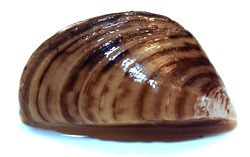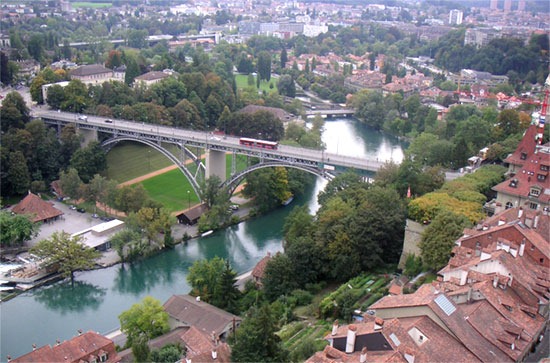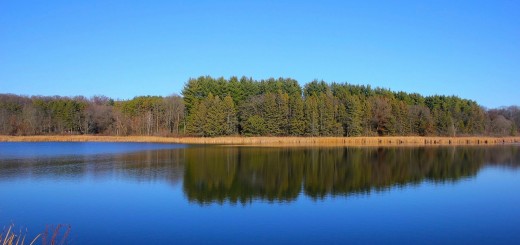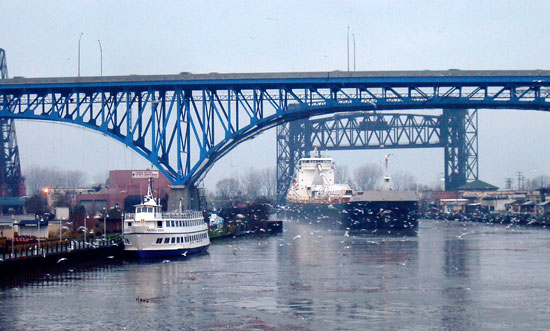Lake Pontchartrain Sediment Plume
0The Bonnet Carré Spillway that separates the Mississippi River from the southwest portion of Lake Pontchartrain is opened from time to time to minimize flooding along the river. This is good for protecting the homes and businesses in nearby New Orleans, but may have impacts on the sediment loads that get pumped into the lake.
This was the case on Jan. 10, 2016, when the spillway was opened by the U.S. Army Corps of Engineers earlier in the year than it has ever been before. The opening was just the 11th time that the spillway has been opened, sending lots of built-up sediments flowing through the lake and eventually downstream to the Gulf of Mexico.
About 41 percent of the continental United States drains to the Gulf of Mexico through the Mississippi River. This year, the high waters that came were likely brought by the ongoing El Niño, which pushed more runoff into the river that carried sediments to the south as the river absorbed it.

A bird’s-eye view of a sediment plume in Lake Pontchartrain. (Credit: Louisiana State University’s Earth Scan Laboratory)
The rare January opening of the spillway gave researchers at Louisiana State University a short window of opportunity to study the actions of sediments pulsing through Lake Pontchartrain. To do this, the scientists used a collection of satellite imagery gathered at the university’s Earth Scan Laboratory.
The images were gleaned from satellites owned by NASA and the National Oceanic and Atmospheric Administration. They made it possible for researchers to assess the daily changes in the plume of sediments hitting Lake Pontchartrain. And investigators watched as Mississippi River water swirled into the lake, working its way toward the Gulf.

In May 2011, the Bonnet Carré Spillway delivered a thick plume of sediment to Lake Pontchartrain. (Credit: NASA Earth Observatory)
Scientists say that the images they put together make up the most complete and cloud-free time sequence ever collected during a flooding event on Lake Pontchartrain. Hopes are that the results will make it easier to direct fieldwork efforts on the ground to figure out the characteristics of the plume as well as its broader environmental impacts.
Some of those could include the occurrence of algal blooms, as the influx of nutrients from the Mississippi River may make conditions right for them. Such blooms could also lead to hypoxic, or low-oxygen zones, in the lake. But those events are not guaranteed, researchers say, even though knowledge of the interaction between the river water and Lake Pontchartrain will help in predicting their likelihoods.
How can sediment plumes influence the occurrence of algal blooms? What are other ways to study these plumes? Please consider leaving a comment to share your thoughts!













